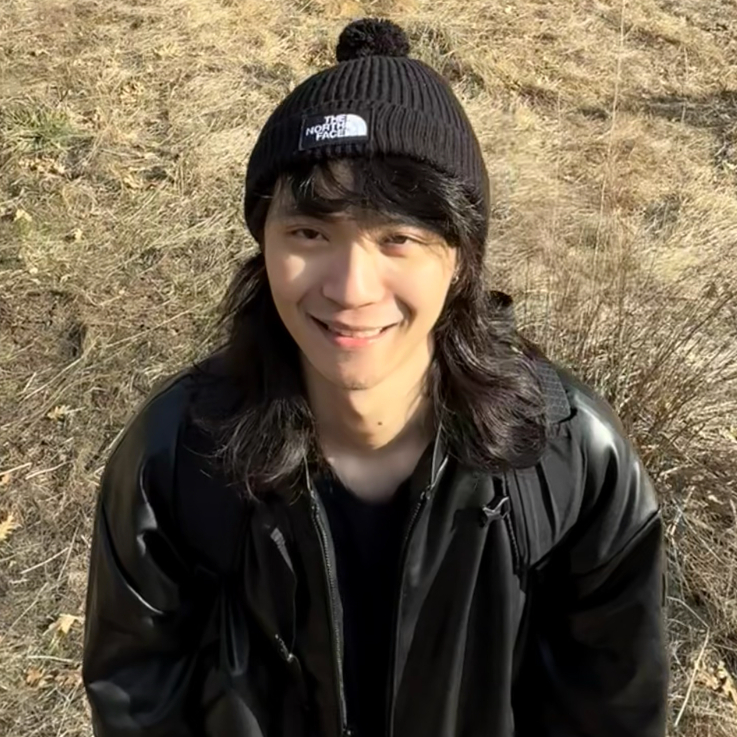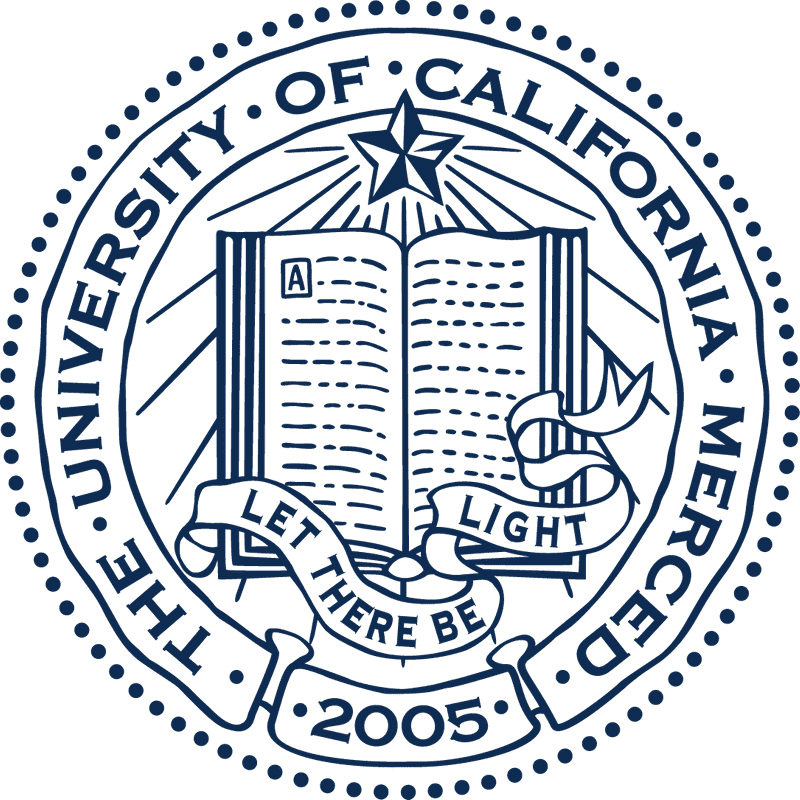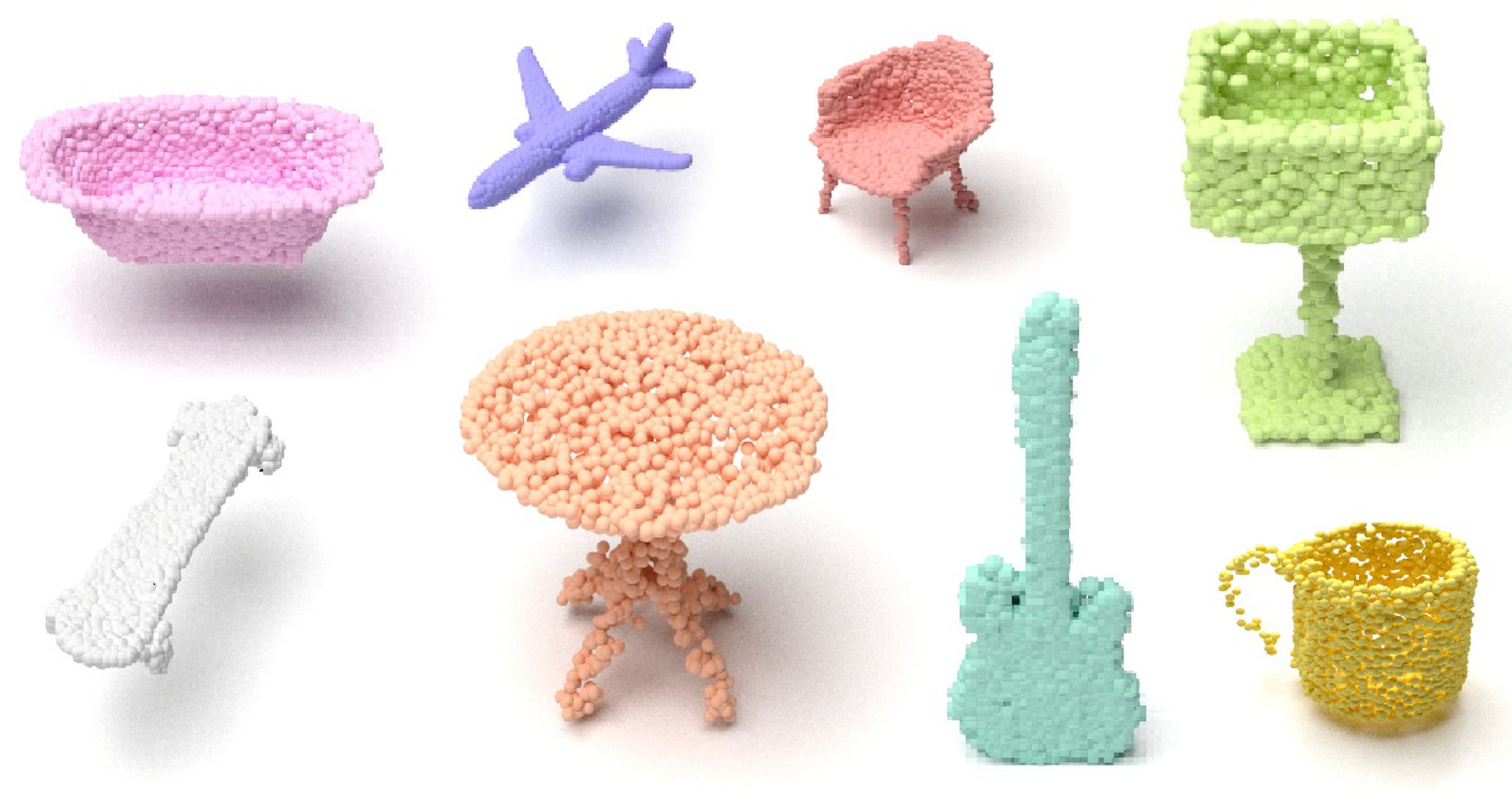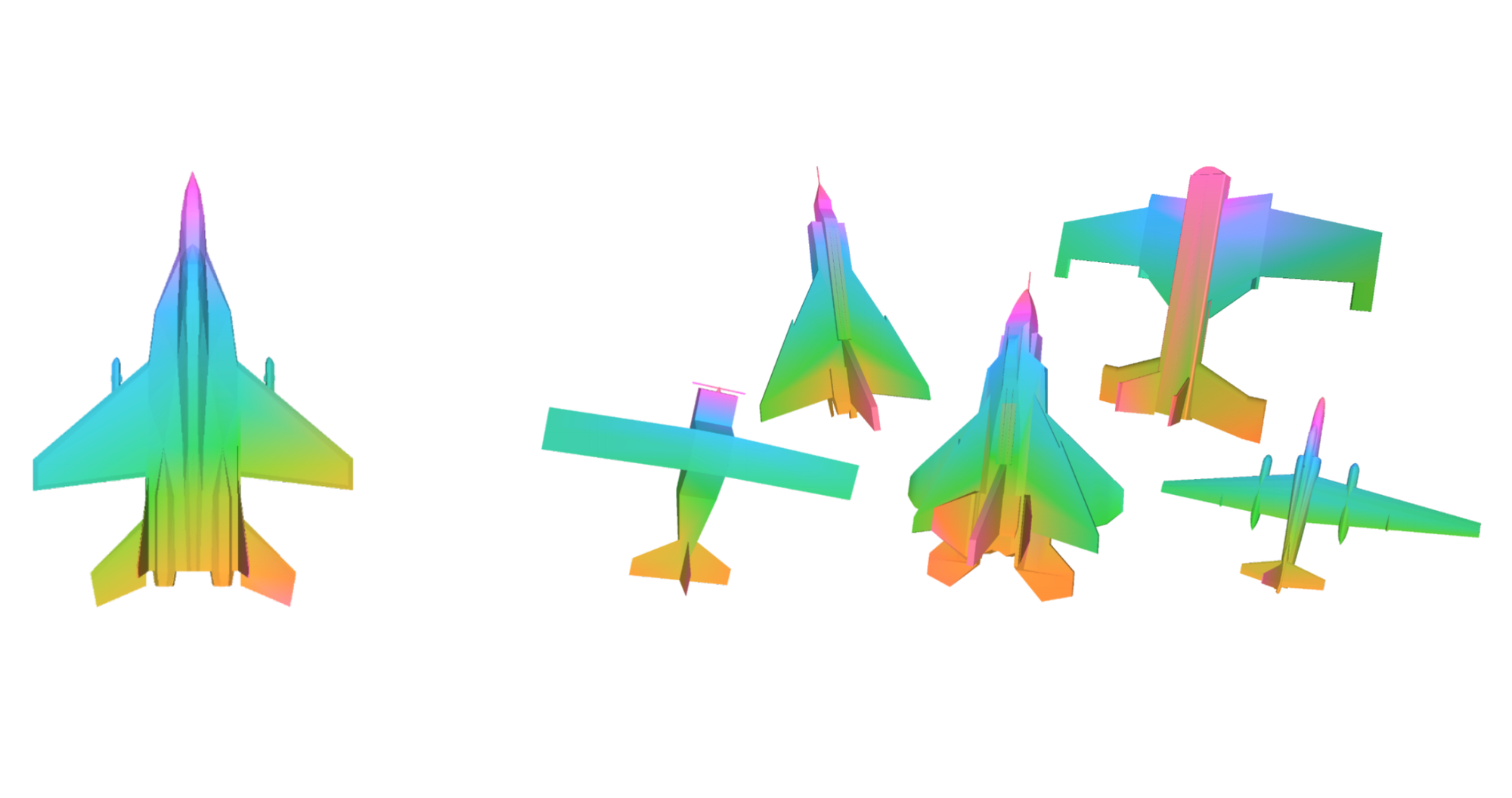|
I'm a PhD student at University of California San Diego, advised by Prof. Xiaolong Wang. I received my Master's and Bachelor's degrees in computer science from National Tsing Hua University. Recently, I'm honored with the Qualcomm Innovation Fellowship. I'm interested in building multimodal foundation models capable of general spatial understanding and actionable intelligence. Google Scholar / Curriculum Vitæ / Github / LinkedIn / Twitter |

|

UC San Diego |

NVIDIA |

Adobe |

UC Merced |

National Tsing Hua University |
|---|
|
|
|
|
|
|

|
pdf |
website |
demo
|
code |
abstract
Visual language models (VLMs) have made significant advances in accuracy in recent years. However, their efficiency has received much less attention. This paper introduces NVILA, a family of open VLMs designed to optimize both efficiency and accuracy. Building on top of VILA, we improve its model architecture by first scaling up the spatial and temporal resolutions, and then compressing visual tokens. This "scale-then-compress" approach enables NVILA to efficiently process high-resolution images and long videos. We also conduct a systematic investigation to enhance the efficiency of NVILA throughout its entire lifecycle, from training and fine-tuning to deployment. NVILA matches or surpasses the accuracy of many leading open and proprietary VLMs across a wide range of image and video benchmarks. At the same time, it reduces training costs by 4.5X, fine-tuning memory usage by 3.4X, pre-filling latency by 1.6-2.2X, and decoding latency by 1.2-2.8X. We will soon make our code and models available to facilitate reproducibility. |
|
pdf |
website |
video
|
code |
abstract
Vision Language Models (VLMs) have demonstrated remarkable performance in 2D vision and language tasks. However, their ability to reason about spatial arrangements remains limited. In this work, we introduce Spatial Region GPT (SpatialRGPT) to enhance VLMs' spatial perception and reasoning capabilities. SpatialRGPT advances VLMs' spatial understanding through two key innovations: (1) a data curation pipeline that enables effective learning of regional representation from 3D scene graphs, and (2) a flexible plugin module for integrating depth information into the visual encoder of existing VLMs. During inference, when provided with user-specified region proposals, SpatialRGPT can accurately perceive their relative directions and distances. Additionally, we propose SpatialRGBT-Bench, a benchmark with ground-truth 3D annotations encompassing indoor, outdoor, and simulated environments, for evaluating 3D spatial cognition in VLMs. Our results demonstrate that SpatialRGPT significantly enhances performance in spatial reasoning tasks, both with and without local region prompts. The model also exhibits strong generalization capabilities, effectively reasoning about complex spatial relations and functioning as a region-aware dense reward annotator for robotic tasks. |
|
|
pdf |
website |
video |
code |
abstract
Textures are a vital aspect of creating visually appealing and realistic 3D models. In this paper, we study the problem of generating high-fidelity texture given shapes of 3D assets, which has been relatively less explored compared with generic 3D shape modeling. Our goal is to facilitate a controllable texture generation process, such that one texture code can correspond to a particular appearance style independent of any input shapes from a category. We introduce Texture UV Radiance Fields (TUVF) that generate textures in a learnable UV sphere space rather than directly on the 3D shape. This allows the texture to be disentangled from the underlying shape and transferable to other shapes that share the same UV space, i.e., from the same category. We integrate the UV sphere space with the radiance field, which provides a more efficient and accurate representation of textures than traditional texture maps. We perform our experiments on real-world object datasets where we achieve not only realistic synthesis, but also substantial improvements over state-of-the-arts on texture controlling and editing. |
|

|
pdf |
code |
abstract
With the capacity of modeling long-range dependencies in sequential data, transformers have shown remarkable performances in a variety of generative tasks such as image, audio, and text generation. Yet, taming them in generating less structured and voluminous data formats such as high-resolution point clouds have seldom been explored due to ambiguous sequentialization processes and infeasible computation burden. In this paper, we aim to further exploit the power of transformers and employ them for the task of 3D point cloud generation. The key idea is to decompose point clouds of one category into semantically aligned sequences of shape compositions, via a learned canonical space. These shape compositions can then be quantized and used to learn a context-rich composition codebook for point cloud generation. Experimental results on point cloud reconstruction and unconditional generation show that our model performs favorably against state-of-the-art approaches. Furthermore, our model can be easily extended to multi-modal shape completion as an application for conditional shape generation. |

|
pdf |
website |
code |
abstract
We propose a canonical point autoencoder (CPAE) that predicts dense correspondences between 3D shapes of the same category. The autoencoder performs two key functions: (a) encoding an arbitrarily ordered point cloud to a canonical primitive, e.g., a sphere, and (b) decoding the primitive back to the original input instance shape. As being placed in the bottleneck, this primitive plays a key role to map all the unordered point clouds on the canonical surface and to be reconstructed in an ordered fashion. Once trained, points from different shape instances that are mapped to the same locations on the primitive surface are determined to be a pair of correspondence. Our method does not require any form of annotation or self-supervised part segmentation network and can handle unaligned input point clouds. Experimental results on 3D semantic keypoint transfer and part segmentation transfer show that our model performs favorably against state-of-the-art correspondence learning methods. |
|
Template from this awesome website. |